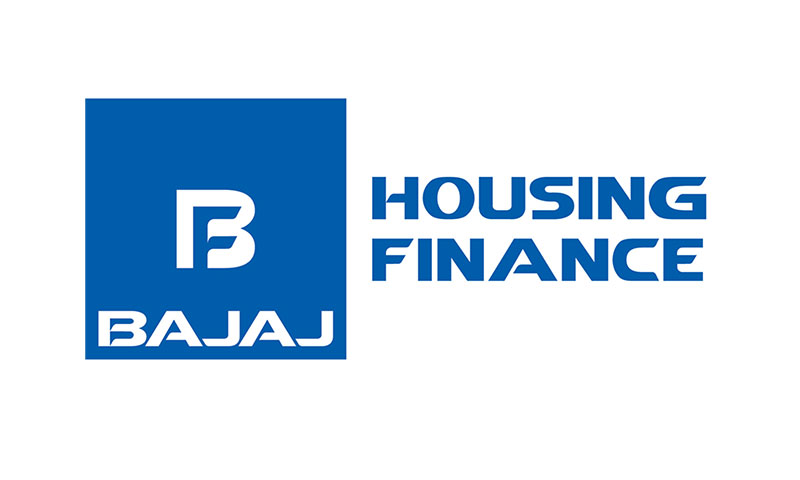Bajaj Housing Finance: Motilal Oswal has initiated coverage on Bajaj Housing Finance with a ‘Neutral’ rating and a target price of Rs 120, implying a potential upside of 7%. The brokerage house values the company at a price-to-book (P/B) of 3.6x for FY27 and expects steady returns over the next three years. While the housing finance sector is growing rapidly, investors are advised to evaluate both growth opportunities and potential pressures on margins, particularly in a competitive environment.
The brokerage highlights several key factors that could influence the stock’s performance in the near and medium term, from strong asset growth to robust asset quality, and how Bajaj Housing Finance is adapting to the competitive market landscape.
Strong AUM Growth Over the Last Five Years
Bajaj Housing Finance has delivered an annualized 29% growth in assets under management (AUM) over the past five years. This growth has been supported by a diverse product portfolio and robust asset quality, positioning the company as one of the fastest-growing players in the housing finance sector.
However, Motilal Oswal notes that AUM growth may gradually slow due to the company’s increasing scale and rising competition in the housing finance market. Investors should monitor how Bajaj Housing balances expansion with maintaining healthy margins.
Read about: US and Japan Finance Chiefs to Continue Talks on Currency Issues
Diversified Product Portfolio Across the Housing Finance Ecosystem
One of Bajaj Housing Finance’s key strengths is its diversified range of mortgage products, catering to individual homebuyers, small-scale property developers, and large-scale developers alike.
- The company has expanded into affordable housing, allowing it to target a broader customer base.
- This diversification positions Bajaj Housing Finance to capture opportunities across the entire housing finance ecosystem, providing both stability and growth potential.
Strong Asset Quality Compared to Peers
Bajaj Housing Finance maintains one of the lowest Non-Performing Asset (NPA) ratios in the sector, reflecting prudent risk management practices:
- Gross NPA: 0.30–0.35%
- Net NPA: 0.1–0.2%
The company achieves this by focusing on affluent salaried borrowers with high credit scores:
- 77% of home loan customers have a CIBIL score above 750.
- 84% of loans are extended to salaried individuals, resulting in a more predictable and low-risk loan book.
This disciplined lending approach has helped Bajaj Housing Finance maintain stability and resilience even in a highly competitive market.
Customer Acquisition and Digital Reach
Bajaj Housing Finance leverages digital channels of Bajaj Finserv to source approximately 7–10% of home loans, which:
- Reduces customer acquisition costs
- Lowers the expense ratio
- Enhances risk-adjusted spreads
The move towards in-house loan origination has resulted in improved retention, lower costs, and stronger credit quality, allowing the company to maintain a competitive edge in customer acquisition.

Competitive Pressure on Net Interest Margins (NIM)
Despite strong fundamentals, intense competition from banks and other housing finance companies is expected to pressure lending yields. This could lead to transitory contractions in Net Interest Income (NII), as Bajaj Housing Finance balances growth momentum with margin sustainability.
Investors should watch for:
- Short-term pressure on NIMs due to rate cuts and competitive pricing
- Strategies adopted by the company to sustain growth without compromising asset quality
Also read: How Sleep Disorders and Unhealthy Lifestyles Impact Mental Health – And Tips to Avoid Them
Conclusion
Motilal Oswal’s coverage of Bajaj Housing Finance highlights both opportunities and risks for investors:
- Strong AUM growth driven by a diversified product portfolio supports medium-term growth potential.
- Low NPAs and disciplined lending ensure asset quality remains among the best in the sector.
- Digital initiatives and cost-effective customer acquisition enhance profitability, even in a competitive market.
While competitive pressures may impact margins temporarily, the company’s prudent risk management and focus on affluent borrowers provide stability. Investors with a moderate risk appetite could consider the stock for steady returns over the next few years, keeping in mind the current ‘Neutral’ rating from Motilal Oswal.
FAQs on Bajaj Housing Finance
1. What rating has Motilal Oswal given to Bajaj Housing Finance?
Motilal Oswal has initiated coverage with a ‘Neutral’ rating and a target price of Rs 120, indicating a potential upside of 7%.
2. How has Bajaj Housing Finance performed in terms of AUM growth?
The company has delivered 29% annualized AUM growth over the last five years, supported by a diversified product suite and robust asset quality.
3. What makes Bajaj Housing Finance’s asset quality strong?
Focus on high-credit-score salaried borrowers and strict underwriting standards has resulted in Gross NPA of 0.3–0.35% and Net NPA of 0.1–0.2%, among the lowest in the industry.
4. How is Bajaj Housing Finance reaching customers digitally?
About 7–10% of home loans are sourced through Bajaj Finserv’s digital channels, reducing acquisition costs and improving risk-adjusted returns.
5. What challenges does Bajaj Housing Finance face?
The company faces intense competition from banks and other housing finance firms, which could pressure lending yields and net interest margins in the near term.

2 thoughts on “Motilal Oswal Initiates Coverage on Bajaj Housing Finance: 3 Key Drivers to Watch”